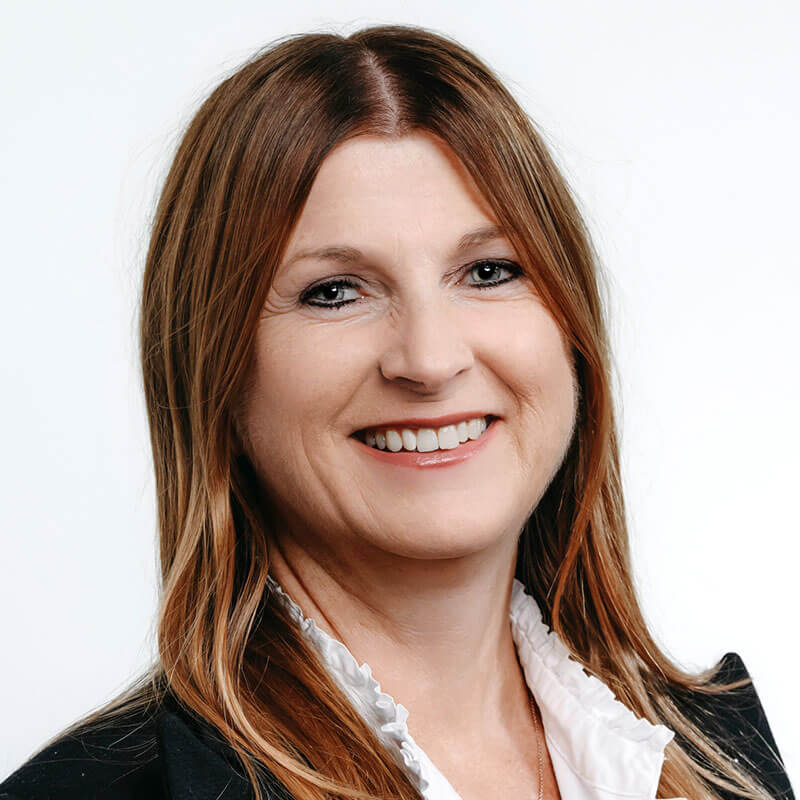The toll of burnout has become a pressing concern for the modern workplace. Much more than a hot-button topic; burnout is a pervasive problem severely impacting wellbeing and job performance.
While not considered an actual medical condition, burnout is included in the International Classification of Diseases (ICD-11) as an occupational phenomenon, with the World Health Organisation noting that burnout results from “chronic workplace stress that has not been successfully managed”, characterised by exhaustion, mental distancing from work (or cynicism about it), and reduced efficacy1.
The COVID-19 pandemic has intensified workplace burnout, primarily due to factors such as prolonged uncertainty, limited movement, and isolation, leading to increased mental strain and associated markers of poor mental health. Trans-Tasman employees are heavily affected, as reported in Microsoft’s 2022 Work Trend Index , which found 62% of Australian workers report feeling burned out, compared to a global average of 48%2. In another recent global survey, 70% of New Zealand workers reported experiencing burnout, compared to the average of 59%3.
Left unrecognised and unaddressed, burnout can be a costly concern. A Virgin Pulse report notes companies are “burning through cash trying to deal with the issue”, which is estimated to cost up to $1 trillion a year in lost productivity globally4. In Australia, burnout-related absenteeism and presenteeism have been estimated to cost our economy over $14 billion per year5.
95% of HR leaders admit burnout adversely impacts retention, contributing to up to 50% of yearly workforce turnover4. With replacing a worker costing up to tens of thousands of dollars6, employers have much to gain by taking burnout seriously.

Microstress: The Hidden Enemy
We often attribute burnout to excessive workloads, but a recent report in the Harvard Business Review7 unveils a deeper and more subtle culprit – microstress – which poses a greater threat to teams and productivity.
Microstresses are small problems, which, on their own, seem manageable. According to Rob Cross and Karen Dillon, co-authors of The Microstress Effect: How Little Things Add Up–and What to Do About It, stress is obvious and visible. By contrast, microstresses appear minor, and fleeting – merely a bump in the road as we go about our day. However, it is the cumulative effects of these microstresses that can become overwhelming, and lead to burnout.

In the workplace, the authors point to collaboration – or, more specifically, poor collaboration – as a leading cause of microstress8. This might be due to misalignment between collaborators on their roles or priorities, increasing volumes of interaction, or surges in responsibilities, all of which can drain a person’s capacity to get things done. As the ‘collaborative footprint,’ a term coined to describe the quantity and frequency of collaborations required for task completion, increases, so do the opportunities for microstress to build, and contribute to burnout.

Dousing the Burnout Fire: Effective Strategies for Mitigating Microstress
Addressing burnout – and associated micro-stressors – can be a complex, multifaceted challenge that necessitates a well thought out response.
Proactive leaders can unpack the issue by taking a systematic and empathetic approach:
- Recognise the warning signs. Look for subtle indicators of burnout, like diminished productivity, disengagement, increased absenteeism, emotional and physical exhaustion, and unusual behaviours. These red flags are your first clues that a problem exists.
- Review workloads of team members to determine if they are reasonable and achievable or need immediate recalibration, and then quickly move onto less obvious micro-stressors that may be contributing to a feeling of burnout.
- Foster open communication. Create a culture of open communication, where team members feel safe discussing their challenges, concerns, and sources of stress. These dialogues provide invaluable insights into their experiences and allow for a more nuanced understanding of the issues.
- Systems and processes can exacerbate the problem. Solicit feedback from your team members to identify what’s working and what’s not, especially aspects that contribute to stress. Make immediate improvements and keep revisiting with open dialogue until workable solutions are found.
- Simplify your communications channels, to reduce overwhelm. Establish clear rules on which platform to use for different purposes, reducing confusion and stress.
- Manage meetings and interactions. An excessive volume of meetings and interactions can become counter productive. Streamline and optimise these processes to create a more focused and productive work environment.
- Lead by example. Demonstrate healthy work behaviours as a leader. Emphasise the importance of self-care, efficient time management, regular breaks, and the practice of fully disconnecting after hours.
- Provide access to support. Offer always-on support through modern EAPs like Vitality Works’ Thrive Mental Health solution , which delivers 24/7 psychological support, and an early, proactive reach-out to people showing symptoms of depression and anxiety. This resource allows for allows your people to do daily check-ins and opt-in for self-guided or direct therapist support that can help identify the presence of burnout.
……………………………………………………………………………………………………………………………………………………………………………………………………………………………………………………………………
Cathy McDonald is a senior industry leader in workplace health and wellbeing and Executive General Manager of Vitality Works, a leading provider in workplace health, safety and wellbeing solutions.
She’s passionate about working in partnership with clients to build safe, well and engaged workforces, to unlock value for businesses and their people. Safe, well and engaged employees mean happier, healthier, and more productive people – which, in turn, results in value protection (reducing injuries/claims) and value creation (enhanced EVP, culture) for businesses.
Cathy spearheaded the establishment of Vitality Works, over 10 years ago, and provides the strategic leadership in workplace health, safety, and wellbeing to our clients.
Cathy is also a Board Director for Thrive (Mental Health) Oceania as well as Vitality Works NZ Limited in partnership with First Capital Financial Services.
Let’s connect
If you think microstress and burnout are impacting your business but are unsure how to approach this complex issue we can help. In addition to our Thrive Mental Health solution our team of SafetyWorks consultants, which include organisational psychologists, can partner with you to find the root causes of burnout in your business and develop the right solutions for your people. Alternatively contact Karolina Dobson, Head of SafetyWorks, directly on:
m: +61 404 766 769
e: karolina.dobson@safetyworks.com.au
Sources
[1]WHO. Burn-out an “occupational phenomenon”: International Classification of Diseases
[2] Human Resources Director. Australian employees suffer mass burnout
[3] Stuff.co.nz. NZ workers are more likely to suffer burnout than in any other country – report finds
[4] Virgin Pulse. The rise of employee burnout and how to tackle it
[5] SBS News. Australian study shows some personality types more at risk of burnout
[6] Oxford Economics. The Cost of Brain Drain
[7] https://hbr.org/2023/10/whats-fueling-burnout-in-your-organization


